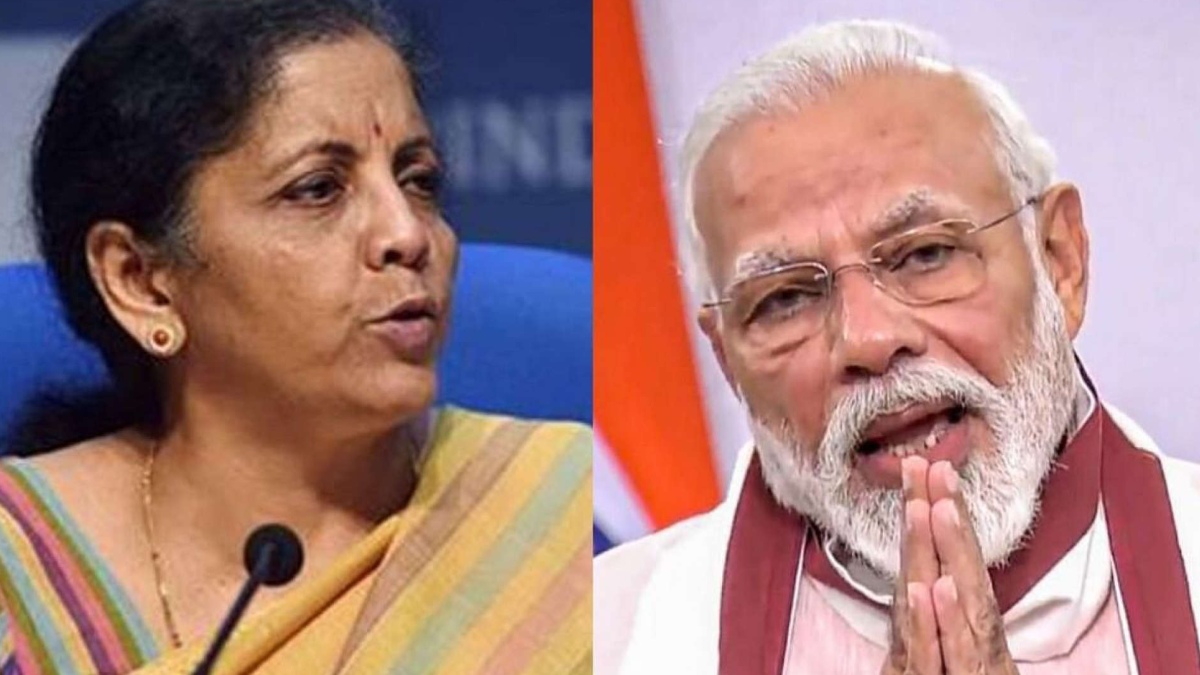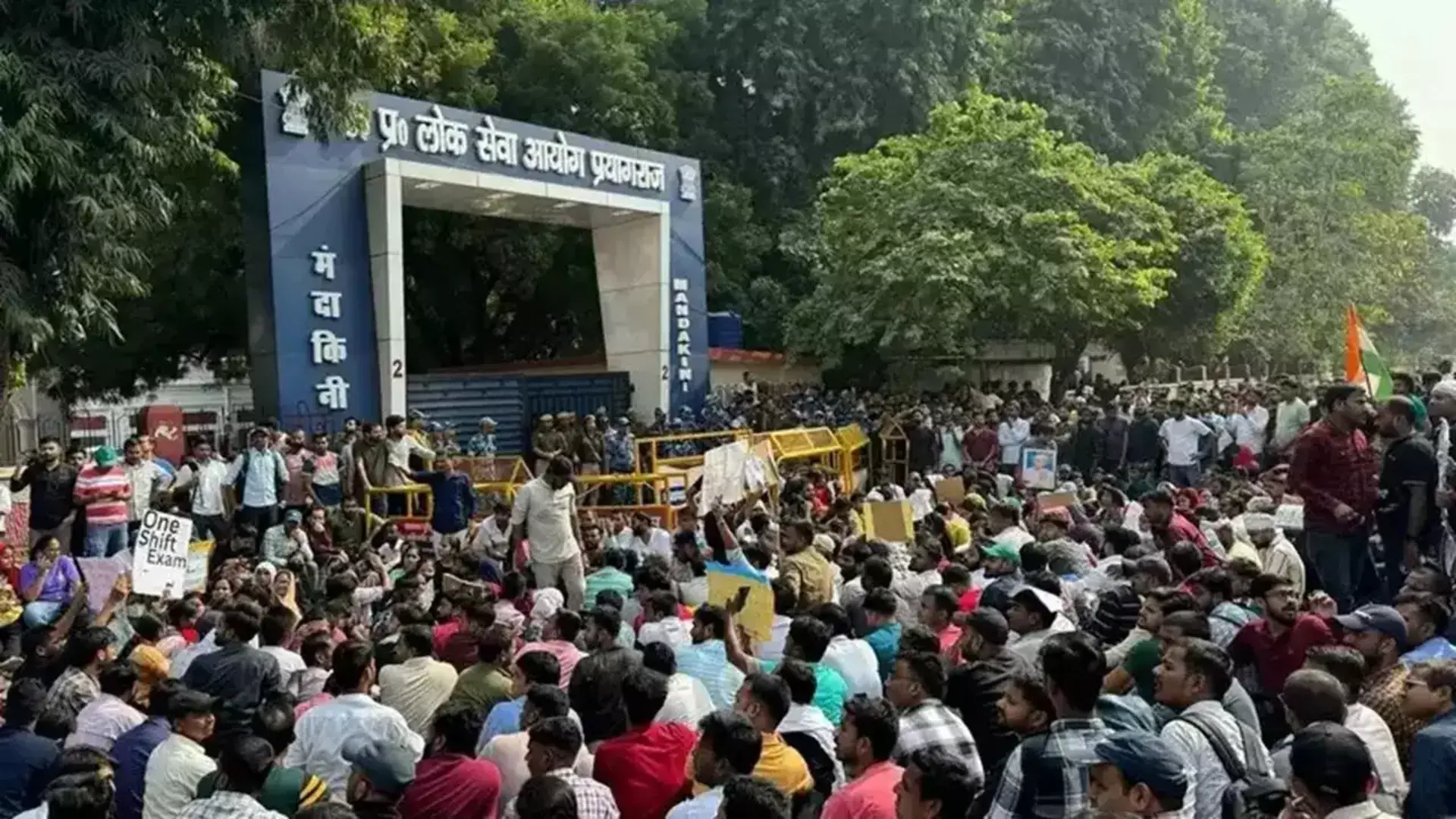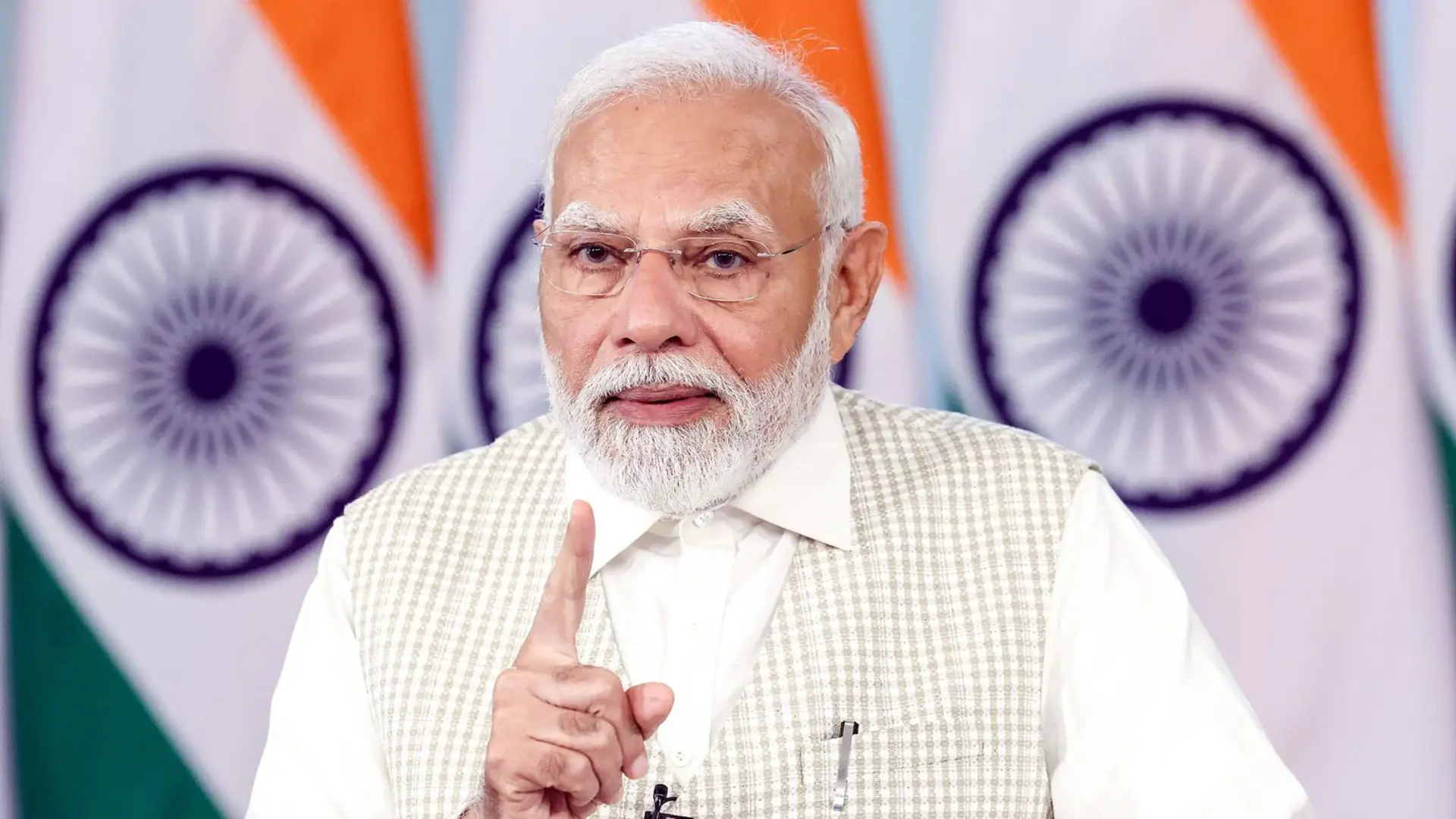
India is poised to regain its status as the largest growing economy of the world by next year. The Narendra Modi government has laid the structural framework for roaring growth that is sustainable, technology-driven and job-oriented. More than anyone else, the Prime Minister realises that the post-Covid world presents a unique opportunity to make up for the missed chances of the past to push India resolutely on a high-growth path. He is also acutely aware of the rare opportunity provided by India’s demographic dividend to transform the country into an economic powerhouse in a short span of time.
The Prime Minister has firmly seized the moment and laid the course for investment-led growth. In his second successive term as prime minister, brought to power by a larger majority, he has bitten the bullet to unleash bold and radical reforms from which past governments have dithered. Modi has put his own political capital at risk, knowing that some of the reforms will lead to protests. He has put the interest of the country above everything else and has had the confidence and determination to deliver on his vision to improve the lives of people. Clearly defined goals have been combined with an urgency of action, time-bound implementation and efficient delivery and the results are already visible. The environment of entrepreneurship ushered by his policies has spawned startups and unicorns which are attracting large overseas investments.
A recent Credit Suisse research report said India has 100 unicorns with a combined market capitalisation of $240 billion, which is way above the earlier estimate of 30-40 unicorns. “These are only at the top of a fast-growing pyramid of 80,000 startups in India, which are incrementally now nearly 10 percent of new companies formed every year; the number of firms is up 70 per cent in eight years,” the report said. Opposition parties have been accusing the Modi government of “working for select industrialists” but the facts on the ground are totally different as revealed by this report. The startup ecosystem is flourishing and is creating new millionaires and billionaires who do not necessarily derive their wealth from family-oriented businesses. Large companies across sectors are also gaining strength. The research report referred to growing internet penetration, digital payments and biometric identity, improved physical infrastructure and skilled human resources as some of the key enablers in the growth of unicorns in India. The Modi government has sharply focused on each of these areas and made giant strides in the past six years.
The Credit Suisse report also said that the natural shortage of risk capital in India due to low per capita wealth has been addressed by a surge in private equity, mostly foreign. India-focused venture capital funds have raised $3 billion in 2020, the highest in the last five years and around 40 percent more than in 2019, according to a report by Bain and Company.
The success of Indian startups in turning into unicorns (valued at $1 billion or more) and the massive global private equity investment drive last year increased the interest of global investors in the economy’s startup ecosystem even though it was a pandemic year. According to data analysed by consulting firm Praxis Global Alliance, around 59 international investors made their first-time PE-VC investment in India in 2020, despite curbs on Chinese investment due to border tensions. The corresponding number stood at 43 in 2019. The data showed that the top 10 new global investors in 2020 participated in around $7 billion worth of deals while it was $1.2 billion in 2019.
India needs growth of around 10 percent for nearly three decades to end poverty and raise incomes substantially and this cannot be achieved without a boost to manufacturing and exports. South Korea grew at an average rate of 9.6 percent between 1960 and 1990 and China grew at a rate of about 10 percent between 1980 and 2010. In contrast, India’s average growth rate for the past 30 years has been 6.5 percent. In 1995, the value of China’s imports and exports of goods totaled $280.9 billion or 3 percent of global trade. By 2018, its total trade in goods had jumped to $4.6 trillion or 12.4 percent of global trade. In contrast, India’s share went up from 0.6 percent to 1.7 percent. Also, 75 percent of Indian exports have been in areas where the global export market was just about 30 percent.
The Modi government has used the Covid-19 crisis to usher in bold reforms and unveiled its vision of an Aatmanirbhar Bharat. It has come out with an ambitious PLI (Production Linked Incentive) scheme to create global champions across industries that will have the size and scale to penetrate global markets, something that China has successfully demonstrated in the past two decades in several sectors. The PLI scheme has been carefully devised and the government has expectations that the amount of about Rs 2 lakh crore earmarked for the scheme for the next five years would result in increasing production by about $520 billion. 13 carefully chosen sectors have been brought under the ambit of the scheme.
The Prime Minister said at a webinar earlier this month that the government is working at every level to promote industries through measures like ease of doing business, reducing the compliance burden, creating multi-modal infrastructure to reduce logistics costs and constructing district-level export hubs.
India is already witnessing a massive thrust to infrastructure in terms of new roads, bridges, airports, ports, rail and metro lines and high-speed freight corridors due to the policies of this government. The government has simultaneously rolled out ambitious plans of infrastructure spending with the National Infrastructure Pipeline envisaging an investment of Rs 111 lakh crore on infrastructure projects by 2024-25. The urgency of the government’s actions is evident from the Union cabinet’s recent decision to give approval to the setting up of a development finance institution (DFI) to fund infrastructure projects. The DFI will be fully owned by the government initially and the shareholding will gradually be brought down to 30 percent. The National Bank for Financing Infrastructure and Development (NaBFID) will be set up with a corpus of Rs 20,000 crore and an initial grant of Rs 5,000 crore and the government expects it to use the sum as a lever to raise up to Rs 3 lakh crore in the next few years.
Reforms have been initiated in the banking sector too and the government is absolutely clear about its direction. It is for the first time that any government has talked of the privatization of some banks. Due to the government’s strategy of “recognition, resolution, recapitalisation and reforms”, the NPAs of public sector banks fell by over Rs 1 lakh crore during the first nine months of the current fiscal to Rs 5,77,137 crore from Rs 6,78, 317 crore.
A reflection of investor confidence in the government’s economic policies is the rise in FDI. India witnessed a 13 percent rise in foreign direct investment to $57 billion in 2020 compared to the previous year, according to a UNCTAD report. India and China were the only two countries which saw FDI rising in the pandemic year, while the rest of the world, including developed economies, saw sharp declines.
There has been a lot of positive change in the business policy environment in the country, especially in the past six years. The government is paying attention to urbanisation as it is a driver of growth. The country has moved to be among the top 50 countries in the global innovation index. India’s ease of doing business ranking improved from 142 in 2014 to 63 in 2019. It is possible now to open a bank account in a few minutes and norms for opening new businesses have been liberalized. Much-needed reforms in mining, coal, labour laws, and agriculture have also been announced. When I came to India from the US about four decades back, it was the peak of the Licence-Quota Raj and an open and welcoming business environment was difficult to envisage. While some policy reforms were brought in 1991, hard reforms have been ushered now.
India can reclaim its status as the fastest-growing major economy in 2021-22 if the OECD projection of a 12.6 percent expansion in GDP is realised. After plunging into recession for the first time in nearly a quarter of a century due to the Covid crisis, India recorded a rise of 0.4 percent in the GDP in the last three months of 2020. The country has the potential to be a USD 1 trillion digital economy by 2025.
The latest estimate by UNCTAD has said that India’s economy, estimated to contract by 6.9 percent in 2020 due to the coronavirus pandemic, will record a “stronger recovery” in 2021 and grow by 5 percent. The September 2020 report by UNCTAD had said that India’s economy was forecast to contract by 5.9 percent in 2020 and recover to 3.9 percent in 2021.
The government has a sharp focus on innovation and growth of industry in sunrise sectors so that India can be a lead exporter in sectors where other countries do not yet have a comparative advantage. It has created a policy environment for sustained high growth and for the country to produce global champions.
The author is a political analyst and the former chairman of Andhra Pradesh Electronics Development Corporation.















